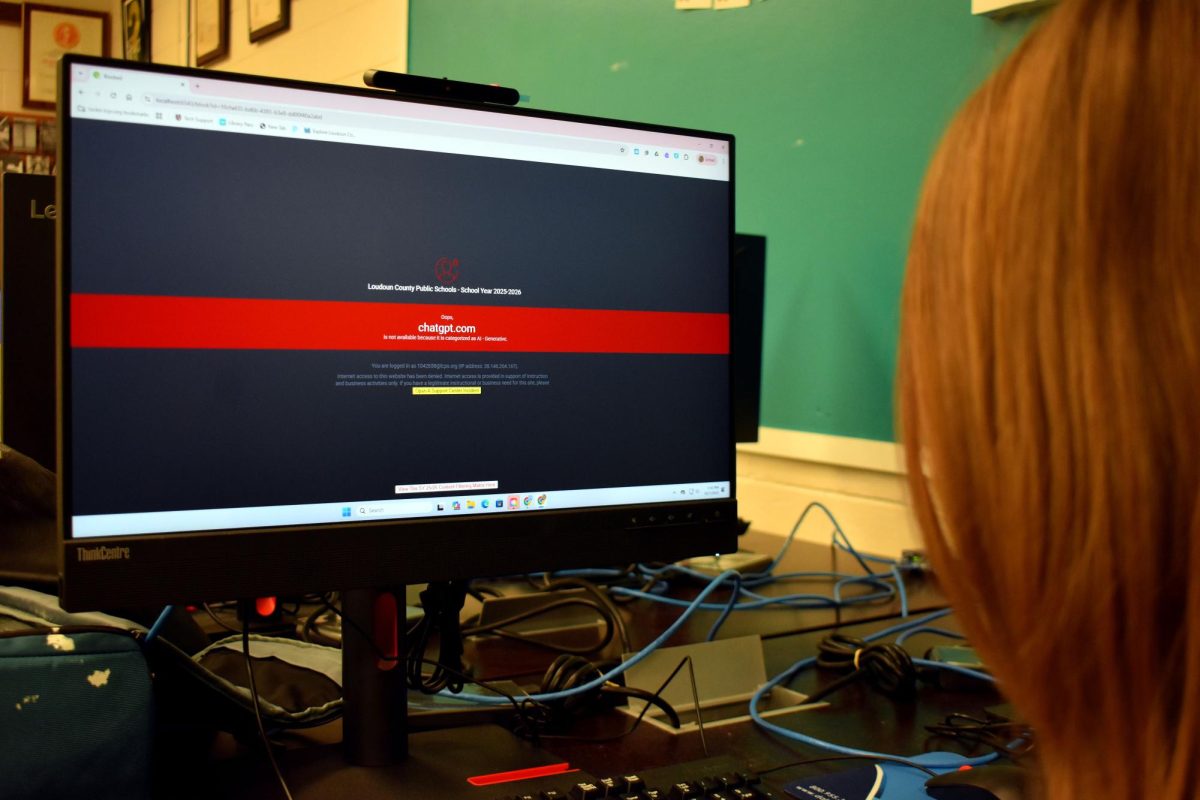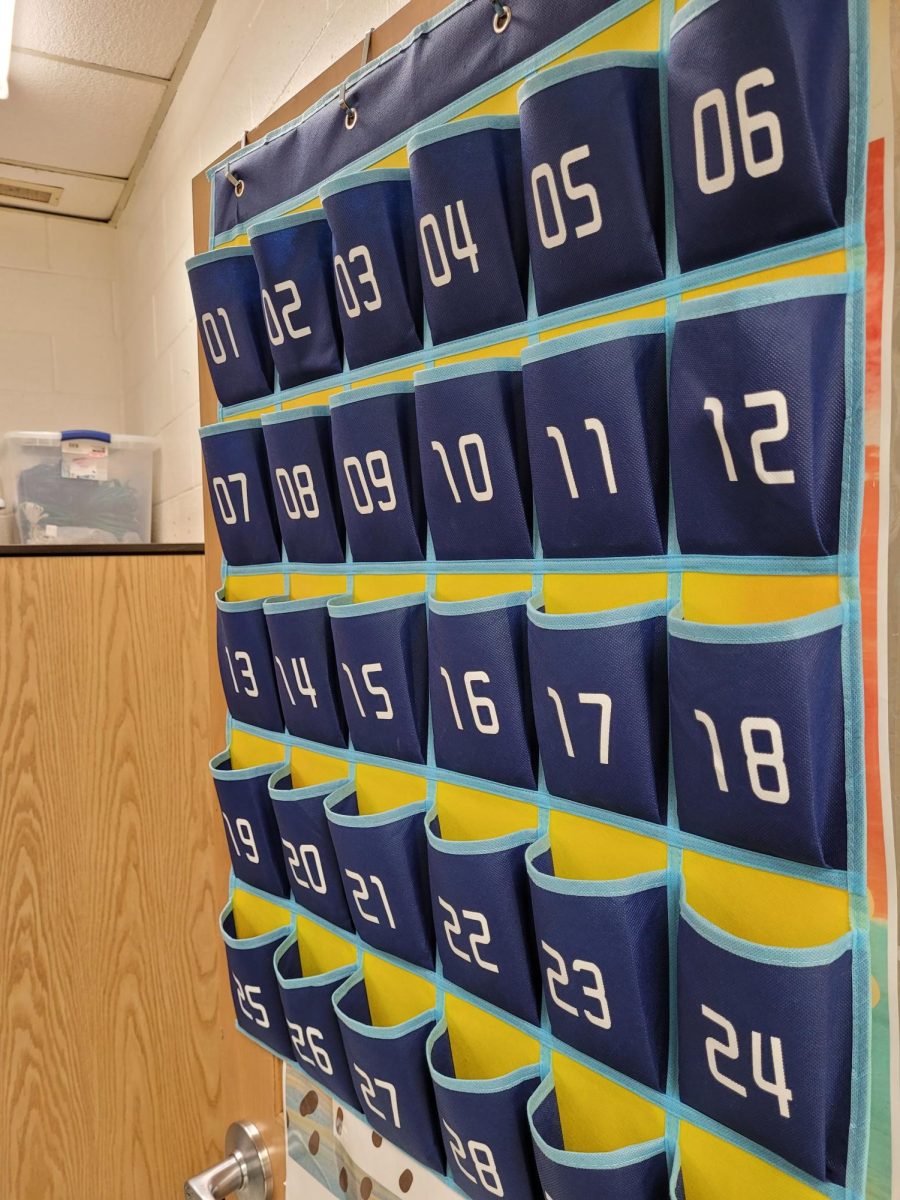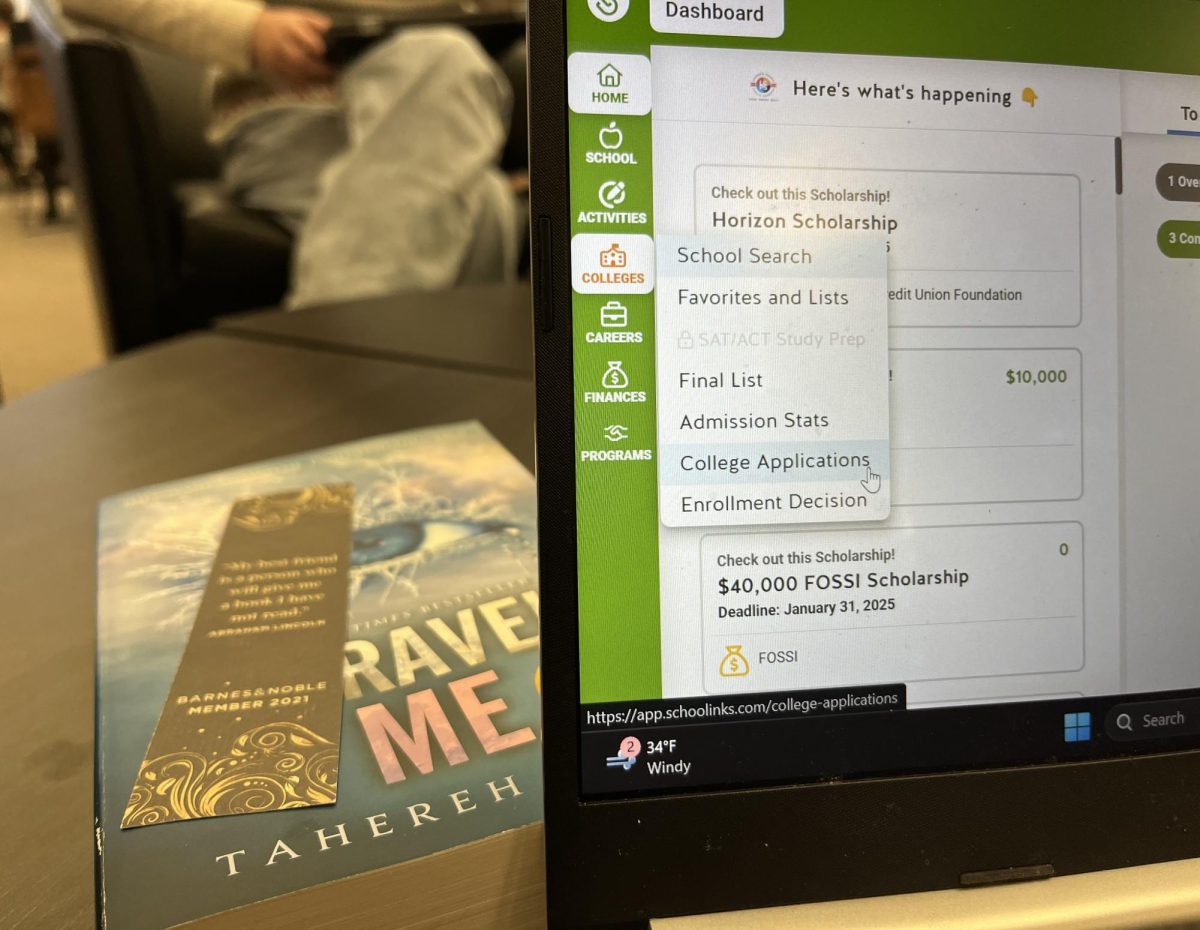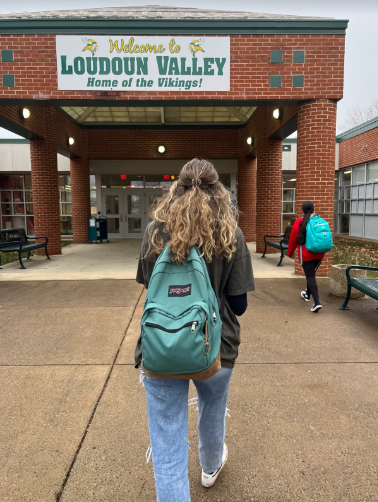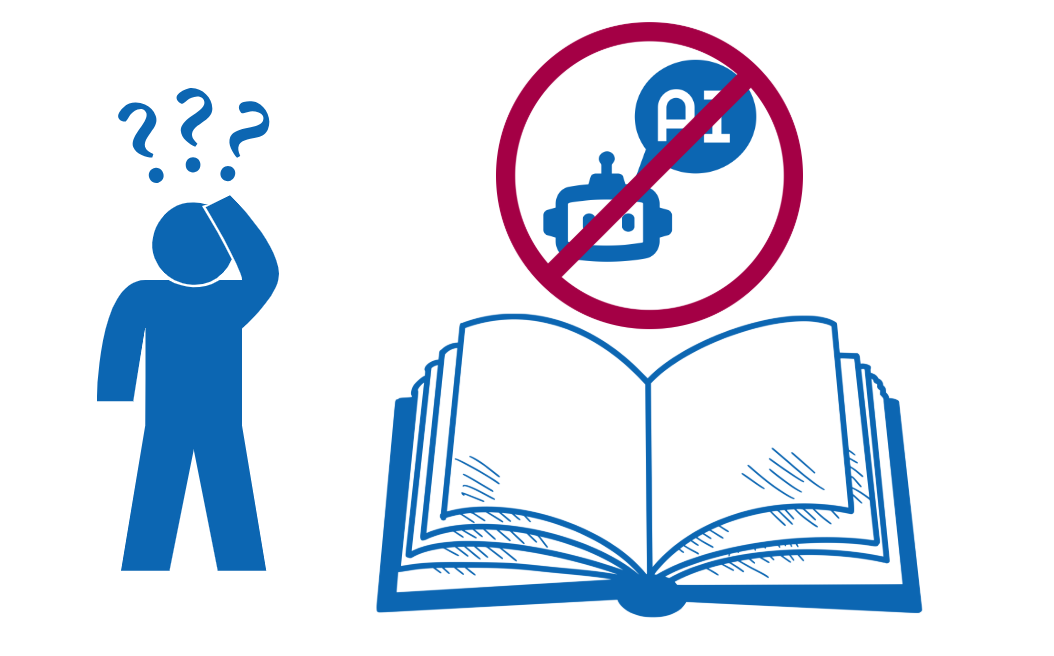Since ChatGPT’s launch in 2022, AI’s alarmingly fast growth has been useful in numerous fields of occupation, such as retail and cybersecurity. Despite its increased relevance, there is a lack of student exposure to AI in schools to prevent cheating and academic dishonesty.
AI tools are often blocked on Chromebooks, and their usage is prohibited in nearly every capacity. But with AI becoming a bigger part of our lives, does this lack of experience with AI hinder students in the long term?
How AI Is Currently Being Used in Schools
Beyond its primary function of answering questions, AI has other applicable uses to a school setting, such as correcting spelling errors and helping phrase things in more cohesive formats. However, many of AI’s uses are heavily discouraged in classes, with websites that even minimally use AI banned from student devices.
While this makes cheating using AI harder than it would be if the websites were not blocked, it also prevents students from fully understanding its uses. Staff, on the other hand, are fully able to use AI for grading and checking if students are submitting AI-generated work.
On the other hand, there is a valid argument to be made for AI encouraging laziness and instilling an over-reliance on artificial intelligence. Students may become so comfortable with AI that they would start treating it more like a crutch than a tool. AI can also make mistakes, such as giving misleading or false information.
Despite these flaws, AI is here to stay. Its applications to the real world are becoming increasingly more prevalent, and it’s hard to tell just how much of the workforce will be taken by AI in the future. Because of this, claiming that AI’s usage is wrong or bad is a perspective that lacks nuance and one that could hurt students in the future.
Why It’s Important to Change AI Restriction in Schools
While AI use is currently controversial in schools, since some people use it to understand information and some to do their work, there are more ways it can be useful, including studying, summarizing and reteaching. If utilized and taught correctly, AI can be beneficial for teachers and students alike.
With AI being used in practically every career, it’s vital to teach students how to use it correctly to prepare them for the workplace. It will create an easier transition to their work and better prepare them. This is because students are more likely to use AI to do their work for them when they’re not taught how to use it properly.
Teaching AI as a tool can benefit under-resourced schools. If a school has fewer teachers, AI can help students with personalized learning.
This can help level the playing field between underfunded and well-resourced schools. With imbalances in budget and curriculum, if AI is allowed to be used in schools, it can help close this gap.
When school systems get budget cuts, they cut their number of teachers to help save money. With fewer teachers in the classroom, students won’t be able to have the attention they may need to learn a topic. AI can help mend this because it can personalize learning and increase access to extra materials, such as extra notes and practice.
Additionally, it can act as a way to help teachers. AI can help to create lesson plans and complete more routine tasks, freeing up time to be put towards working with students.
Risks of AI Usage in Schools and With Adolescents and How to Address It
While there are many benefits to AI, students benefit from human interaction, so it must be used effectively. Many students may need their teacher as opposed to AI.
AI can take away from the sociability of education. If a teacher chooses to give students information using AI as opposed to lessons, it will limit human interaction and the student can have trouble with communication in the future. Students thrive on face-t0-face interaction. If they rely too heavily on AI, it may hinder their communication skills.
Relying on AI can also limit creativity and critical thinking because it’s easy for students to use for cheating and plagiarism.
MIT conducted an experiment where three different groups of people each wrote an essay on the same topic. One group used ChatGPT, one group didn’t get anything, and the third group was able to use Google Search.
According to the study, the group that used ChatGPT all had extremely similar essays that “lacked original thought, relying on the same expression and ideas.”
The group that didn’t get any tools showed the highest levels of creativity. According to the study “researchers found this group was more engaged and curious, and claimed ownership and expressed higher satisfaction with their essays.”
Finally, the third group, which used Google Search, also expressed a high level of satisfaction and brain function.
This shows that when students rely on AI to complete an assignment, they lack creativity and ultimately, their assignments are worse for it. However, when students are taught how to use it properly, it acts as an extra tool to help them understand and develop their topic further. This allows them to still be creative and do well which will give them more motivation to do it themselves.
Suggestions of How AI Should be Implemented at Valley and in LCPS
Clearly, it’s extremely important for AI to be available and explained to students, in order to prepare them for the workforce, personalize learning and give students every tool available to help them learn in our new, digitalized age.
What schools don’t seem to understand is that AI does not need to be implemented into its curriculum in the manner it’s currently being used. AI usage in the classroom does not mean that student writing will be eliminated. It doesn’t have to be implemented at all education levels. Additionally, there are alternative chatbots to ChatGPT, including Copilot, Claude and Perplexity.
Not only is AI implementation being pushed on a local or state level, President Donald Trump made an executive order asserting the importance of the implementation of AI into school systems nationwide and the desire to support educators in that mission.
The most important step towards implementing AI into the public school curriculum is creating custom chatbots tailored to each individual school district’s needs and goals.
For example, at Lynwood High School in California, they have created a custom chatbot designed to help multilingual students learn in a more personalized manner. The chat bot, English Language Support Assistant (ELSA) has become implemented into daily classroom instruction so that multilingual students don’t have to solely rely on teacher instruction, which they may not be able to fully understand or process.
Another example of AI in education is Alpha School. This AI-powered private school offers easy access to AI tutors and student resources are plentiful and available. This allows for less stress on burnt out students as well as guides them through the main objective, and correct use of AI, learning.
Other schools that actively implement AI into their curriculum include Boston Public Schools, who are participating in an AI x Coherence Academy to build AI implementation leadership and Newark Public Schools, who are testing out the Khan Academy-created chatbot, Khanmigo.
We must follow in the footsteps of schools and school systems like Lynwood and Alpha that have taken steps to promote AI literacy and education. And no, the homeroom slides are not enough. Our “media literacy” lessons aren’t making a difference. The media literacy lessons aren’t designed to engage students. They feel performative, and frankly, they’re not effective. Students don’t come out of the lessons with a new perspective on their use of AI.
To fix this, these slides should not be in homeroom. In homeroom, people are multitasking, waiting anxiously for their e-hall pass or simply ignoring the lesson. Instead, these media literacy lessons should be actively integrated into English classes. Naturally is the key word here. If it feels unnatural, students will turn their nose up to it.
Instead of having abruptly separate times for “media literacy” lessons, they should be integrated smoothly into existing English lessons, so that students are able to tie the use of AI to their daily classwork and classroom life. It’s important to educate students on how AI can be used in line with being academically honest. To teach them how to use it as a resource, not as a tool for cheating or plagiarism.
We cannot be scared of AI. What’s truly concerning is setting kids up to be unprepared in our more than ever AI-reliant workforce, and, by not giving proper media literacy lessons, allowing students to only know how to use AI dishonestly and irresponsibly. It is vital to the future of our country to raise students to be AI literate.

